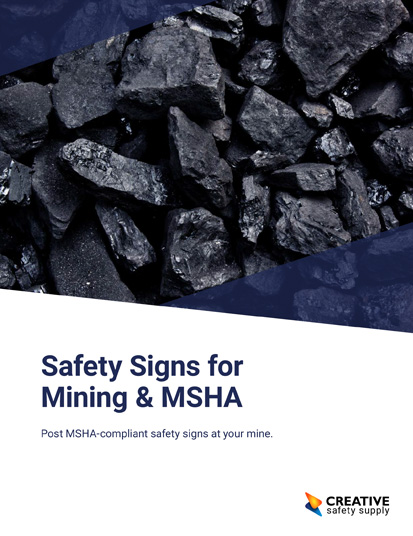
What constitutes a confined space can be a bit vague as they aren’t defined by the size of the area and interpretations can vary between jurisdictions. Generally speaking, confined spaces are areas that have limited or restricted means of entry or exit and were not designed for continuous human occupation (even if someone can enter). Confined spaces come in all shapes and sizes, underground and above ground, but some common confined spaces include pipelines, silos, storage bins, tunnels, vessels, and manholes. This list is by no means complete, and the manager in charge of safety in the facility will need to assess their situation.
OSHA has regulations for particularly dangerous confined spaces, requiring the person entering the space to have a permit. From OSHA standard 1910.146, a permit-required confined space presents one or more of the following hazards:
- A hazardous atmosphere
- A material that can engulf someone
- A configuration of floors or walls that taper in a way that could trap a person
- Any other serious safety or health hazard.
The hazards and risks a confined space presents are also dependent on the specific space and workplace. Confined space hazards include (but are not limited to) a lack of oxygen, little to no ventilation, the risk of becoming trapped, fires, explosions, smothering, and instability. Like with any other workplace safety hazard, it is important for workers to be trained on the proper precautions and practices when working in a confined space. Some tips to remember about confined space safety:
- The entry of the space should be clearly marked with an OSHA or ANSI compliant confined space safety sign.
- PPE is important when it comes to confined spaces. Workers may need to use a lifeline and body harness in some spaces, while workers in other spaces will need to don protective safety gloves, hearing and eye protection, shock-resistant clothing, etc.
- Workers should enter the confined space with some sort of light source. Having a flashlight or headlamp on hand can be extremely beneficial even if the space has a light source.
- Safety partners can play a crucial role if something goes wrong in a confined space. The employee entering the space should be accompanied by a partner who will stay outside of the confined space and keep contact (either visually or audibly) while the task is being completed.
Similar Glossary Terms
- Foot Protection
- Hydrogen Sulfide (H2S)
- Chemical-Resistant Gloves
- Cleanroom
- SCBA
- Flame-Resistant Clothing
- IDLH
- PPE
- Emergency Exit


